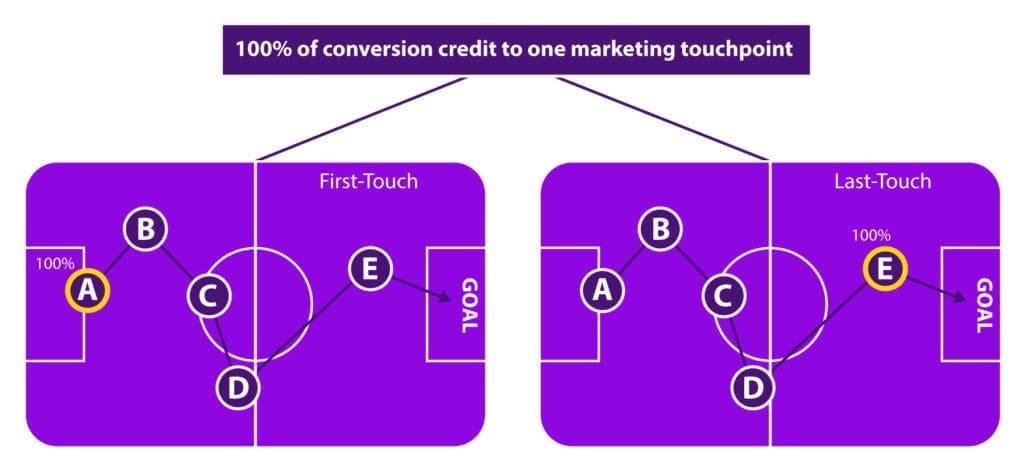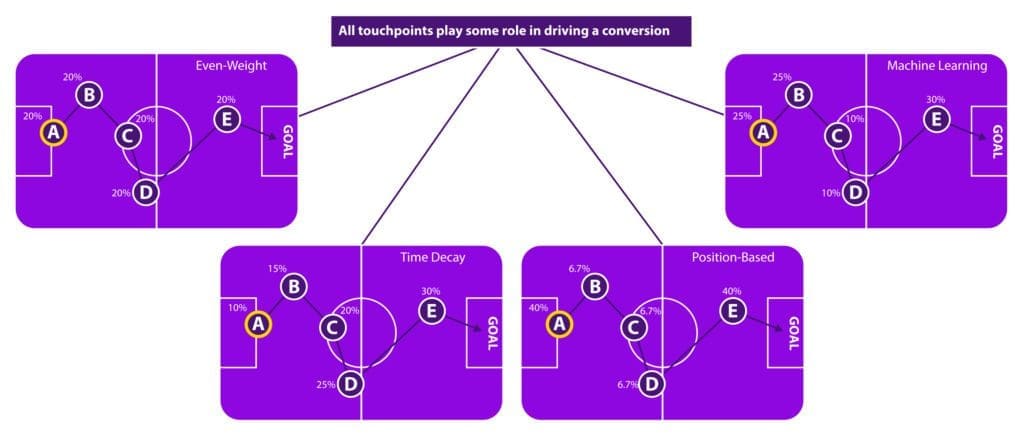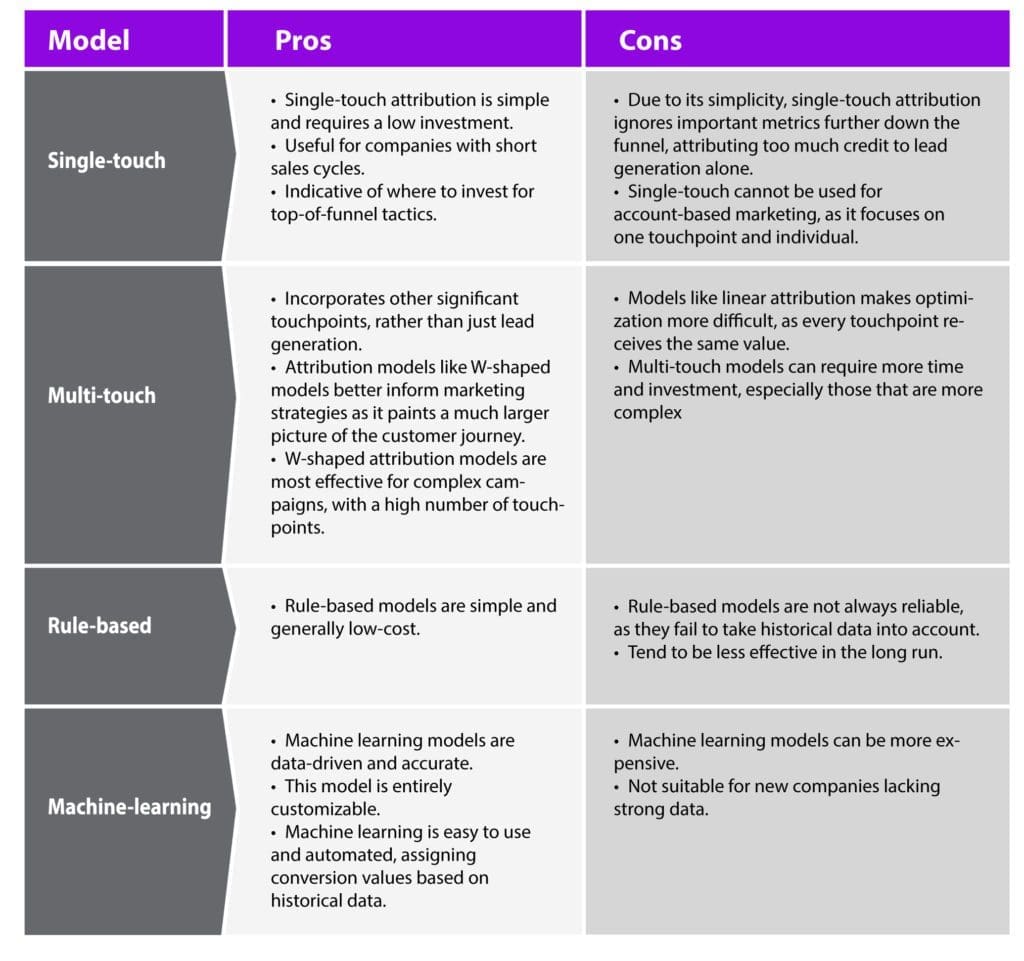What is an attribution model?
Attribution models are the heart of most digital marketing campaigns. They’re responsible for assigning credit to each touchpoint along a customer’s journey through your funnel. But without the right attribution model, you won’t be able to get accurate data about what’s working and what isn’t. Or how much money an individual channel is truly worth to your bottom line. There are four main types of attribution models: single-touch, multi-touch, rule-based, and machine.
Table of Contents
Heads up, this might seem a very straightforward process but in fact, it’s not. Attribution models are considered the main element in determining which ad network gets paid and help you decide where you should invest your buck. However, you need to take into consideration its accuracy and the fact that there is always a discrepancy level. In this guide, we will break down these attribution models and compare their features so that you know exactly which to use for your next campaign.
Single-Touch attribution models
Single-touch attribution models assign 100% of conversion credit to one marketing touchpoint (first or last touchpoint). That means if a user clicks on your ad, and then out-of-interest searches for something related to your product directly after, you would give credit for that purchase or lead to the last click only. For example, a customer might visit your website twice before making their purchase; however, if they don’t convert after those two visits but do after their third visit (the “third touch”), then you would attribute the conversion to that third visit rather than attributing it to either of your first two.
Single-touch attribution models are quite simple and easy to calculate; however, they can be misleading if not applied correctly or used with caution. Single-touch models are best suited for businesses that have limited resources and don’t want to analyze every interaction with every customer in order to determine how many times someone interacts before converting. And when those interactions were made relative to each other, because doing so could take up too much time and money!

Multi-Touch attribution models
Multi-touch attribution models are based on the assumption that each customer has a unique path to purchase. In other words, it’s impossible to say that person A who saw your ad clicked on it and then bought from you, while person B who saw your ad clicked on it and then bought from a competitor.
Rather than using single-touch attribution, multi-touch models assign credit for conversions based on all touchpoints involved in the purchase journey. This allows marketers to understand what actions were most important in driving those conversions and identify areas of opportunity for improving results further down the line. There are a number of different multi-touch attribution models.
- Linear multi-touch attribution – A linear multi-touch attribution model looks at what digital interactions contribute to a purchase outcome, by giving them all the same credit value. Linear attribution informs you of all the touchpoints that lead a consumer down the funnel but fails to discern which touchpoints were most effective.
- Time-decay multi-touch attribution– This attribution models assign the most value to touchpoints that happen within a short time from the conversion event.
- U-shaped multi-touch attribution– U-shaped attribution places the most value and first and last touchpoints, to help you understand which interaction initially generated a lead and which interaction made the conversion, leaving out the middle of the funnel touchpoints.
- W-shaped multi-touch attribution– For complex campaigns, a W-shaped attribution model can assert value to touchpoints at the top, middle, and bottom of the funnel.

Rule-based attribution
Rule-based attribution is a simple yet effective way to assign credit for a sale. It works by applying rules that you set up in your analytics platform, drawing from a set of variables that determine which marketing channels have the most impact on conversion rates.
For example: Let’s say you have three different campaigns running simultaneously. A Facebook ad, an email campaign, and search engine ads. You may notice that when someone completes a purchase from one of those campaigns, they do so after having seen numerous ads across all three platforms. That means none of them were responsible for the sales lead. Instead, they worked together to convince the user to make their purchase decision. Rule-based attribution would try to account for this by assigning some portion of credit based on how many days passed between ad views across multiple channels—Facebook being more recent than search engine ads or email being more recent than both—and then splitting up any remaining total between them.
Machine-learning attribution
Machine learning is a form of artificial intelligence that uses historical data to learn patterns and make predictions. It can adapt to new data in real-time, which makes it ideal for the dynamic nature of online advertising. Using your unique data, machine learning attribution ensures credit is allocated as accurately as possible. Machine learning attribution has been around since the early 2000s and has become increasingly important in recent years as more companies adopt machine learning tactics.
Which attribution model should you be using?




